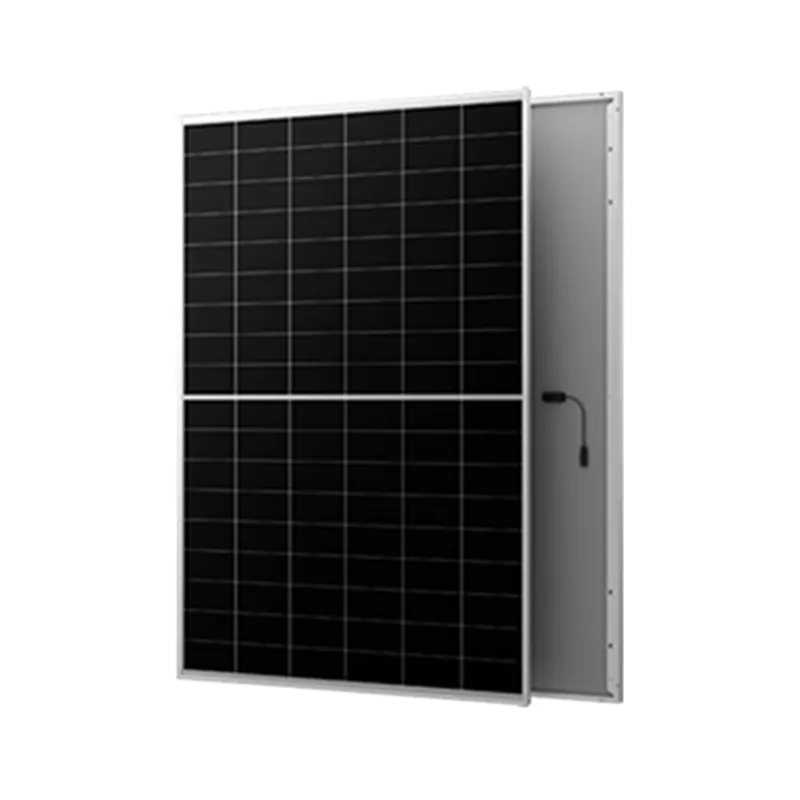Understanding the Benefits and Features of Bifacial Solar Panels for Efficient Energy Production
The Rise of Bifacial Solar Panels A Sustainable Future
In recent years, the demand for renewable energy sources has surged, driven by the need to combat climate change and reduce dependency on fossil fuels. Among the various technologies available, bifacial solar panels have emerged as an innovative solution that maximizes energy generation while promoting sustainability. Unlike traditional monofacial panels, bifacial panels can capture sunlight from both the front and the rear sides, significantly increasing their efficiency and output.
The Rise of Bifacial Solar Panels A Sustainable Future
One of the most significant advantages of bifacial solar panels is their versatility in various installation settings. They can be used in large-scale solar farms, rooftops, and even in urban environments. Bifacial technology is particularly beneficial for utility-scale solar projects, where maximizing energy output is crucial for ensuring economic feasibility. The ability to produce more energy from the same amount of installed capacity means that project developers can achieve a better return on investment, making bifacial panels an attractive option for investors.
et bifacial solar panels

Moreover, bifacial solar panels are designed with durability in mind. Many bifacial models are constructed with robust materials that can withstand harsh weather conditions and have a longer lifespan compared to traditional panels. This durability not only reduces maintenance costs but also enhances the overall sustainability of solar projects by decreasing the frequency of replacements and waste generation.
In terms of environmental impact, bifacial solar panels also offer significant advantages. By producing more energy from a smaller footprint, they require less land area to generate the same amount of electricity. This is particularly vital in regions where land is scarce or where there is competition for land use. Additionally, the use of bifacial panels can contribute to the reduction of carbon emissions by allowing for greater energy generation without the need for additional fossil fuel resources.
Despite the advantages, there are challenges associated with bifacial solar panels. The initial cost of installation can be higher than traditional panels, and careful consideration is needed regarding installation techniques and optimal placement to fully benefit from their dual-sided functionality. However, as technology continues to improve and the market for renewable energy expands, these challenges are becoming increasingly manageable.
In conclusion, bifacial solar panels represent a significant advancement in solar technology, offering enhanced energy efficiency, versatility in installation, and a lower environmental impact. As the world shifts towards sustainable energy solutions, bifacial panels are poised to play a crucial role in the transition to a greener future. By embracing this innovative technology, we can harness the power of the sun more effectively, paving the way for a cleaner and more sustainable energy landscape.
-
Understanding the Advantages of Solar String Inverters for Your Energy SystemNewsApr.29,2025
-
Choosing the Right PV Inverter: A Comprehensive GuideNewsApr.29,2025
-
The Future of Solar Power: Exploring Bifacial Solar PanelsNewsApr.29,2025
-
The Complete Guide to Solar Panels: Efficiency, Cost, And InstallationNewsApr.29,2025
-
The Best Options for Efficiency and Cost-EffectivenessNewsApr.29,2025
-
Harnessing the Power of Off-Grid Solar Inverters for Energy IndependenceNewsApr.29,2025







